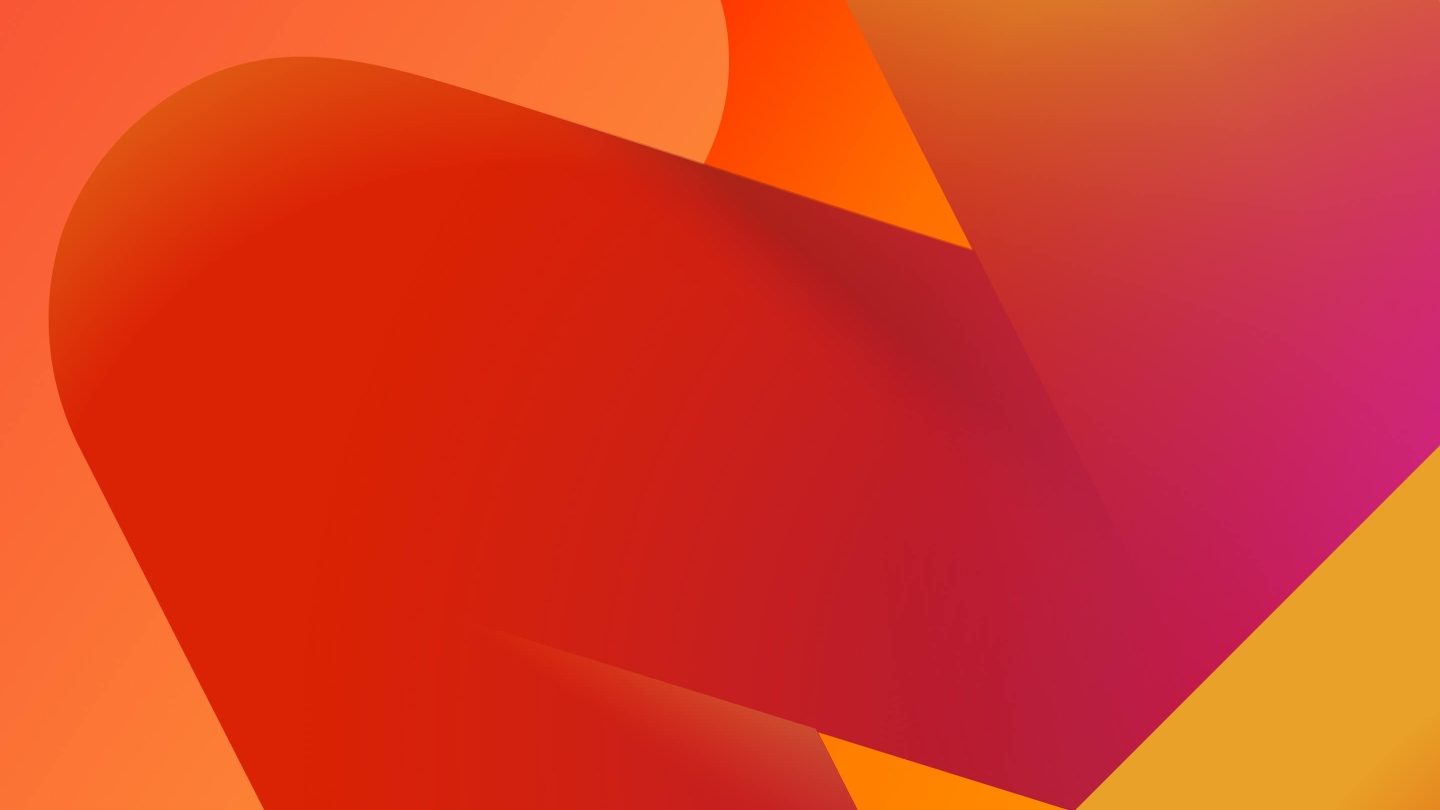If you’ve bought a new TV recently, the chances are that it’s a 4K Ultra High Definition (UHD) model. Promising four times the resolution of older Full HD TVs, UHD models can deliver another step up in detail and quality, with sharpness that you’ve not seen before. In this guide, we’ll take you through what 4K is, and how you can start to watch it for free.
What is 4K UHD?
4K UHD TVs have a resolution of 3840 x 2160p, which is the same as four Full HD (1920 x 1080p) screens put together. More resolution means more detail in the picture, making everything look sharper and clearer. Watch tennis, for example, and the ball is easier to see and follow in Ultra HD.
The main image shows the resolution difference between Marvel’s Avengers: Infinity War in 4K (full image) vs Full HD (small image at the bottom right).
As well as more resolution, most new 4K TVs support a technology known as high dynamic range (HDR). HDR is a method of showing more detail on screen. With HDR, there are two important factors: contrast and brightness.
Contrast is the difference between the brightest shade and darkest shade that can be shown. With improved contrast, dark areas of the picture show subtle details that would be black on older TVs; bright areas get more detail, too, whereas you’d see larger areas of white on an older TV.
HDR also boosts brightness, so you can get a searing shot of the sun, or fireworks that really pop as they go off. The result is a more natural picture with more detail in it. There are a few different HDR standards and TVs won’t support them all; however, most HDR content is available in the most common standards to widen compatibility.
Dolby Vision is an HDR standard. In this example, you can see the difference in quality and detail with HDR on (left) and off (right).
What do I need to watch 4K content?
Your TV needs to have a resolution of 4K UHD. TVs do not need to support HDR to show 4K. TVs that don’t support HDR will simply show the video at a higher resolution than on an older TV but won’t have the same level of colour detail.
Next, you need a method of viewing the content. This can be via the smart TV apps on your television, or via an external device, such as a 4K Ultra HD Blu-ray player or Amazon Fire TV Stick 4K. Any external device will need to connect to your TV via its HDMI 2.0 input, which will be clearly marked. If you aren't sure, BBC has a list of devices and televisions that support its 4K streaming.
There are currently two main sources of free Ultra HD content: YouTube and BBC iPlayer, both of which you can use to stream content to your TV. You’ll need a fairly fast internet connection to get the best out of it, with the BBC recommending a minimum of 40Mbit/s download speed. If you want to pay for UHD content, Netflix also has a good range of content available if you are on their premium subscription.
Take a look at our round up of 4K content you can watch for free now...
Watch 4K content on your Freeview Play TV now
Find out more about 4K content on Freeview





